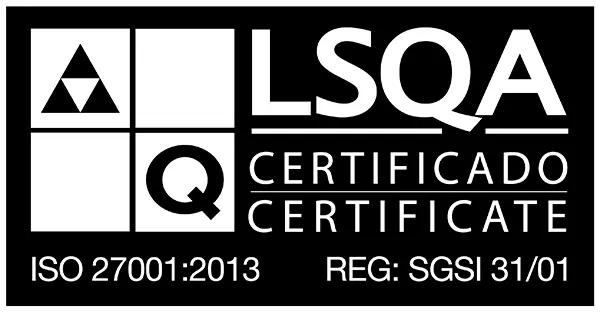
The word “debt” is usually tied to the financial sphere, but organizations also suffer from another deficit that comes from the accumulation and rigidity of their policies, processes and structures. It's called organizational debt, a burden that often tries to be eliminated through major transformations that fail to provide flexibility and agility to face the challenges of an increasingly complex world. In this article, we'll discuss how to do this efficiently.
Goodbye to obsolete bureaucracy
La formal structure of an organization is reflected in its roles: the organization chart, the functions of the positions, processes and policies. Since it does not work in isolation from the world, this planning is sooner or later out of date, not reflecting the best way to work.
Over time, the gap between context and structure accumulates errors, voids, unimplemented potentialities and other vices often gained from a Excessive red tape or, at the other extreme, the absence of development of structures and processes.
Work teams begin to get overwhelmed, to repeat manual steps without real impact on the task, and their vision is clouded to simpler ways of doing things.
The overcomplication returns to slower and more outsider organizations to the pulse of the outside, leading to them losing opportunities. This deficit is relentlessly seeking to be eliminated, but not all institutions or companies heed the call. And if they do, they resort to recipes that no longer work.
How to Efficiently Eliminate Organizational Debt
We invite you to find the answer by reading the article that Okara shares with us at the following link
{{cta ('3181f4f7-1a84-48fd-930f-fe6799170b39', 'justifycenter')}}

This article is original from our collaborator Okara, see the full article here.



